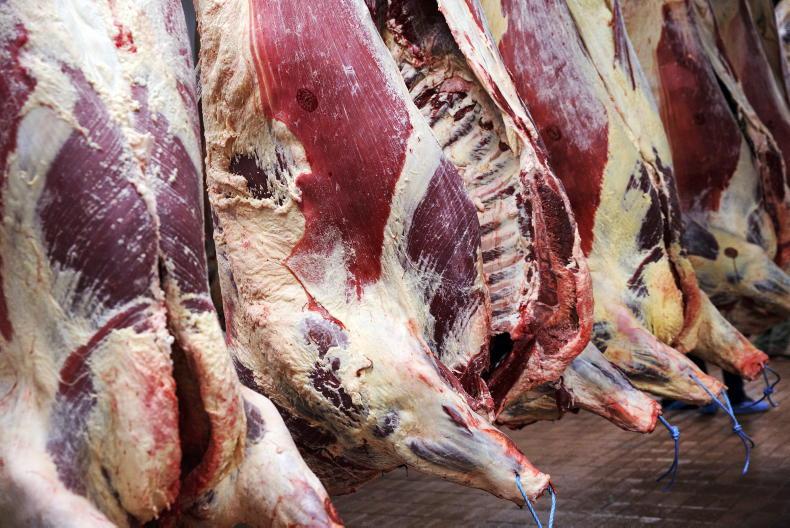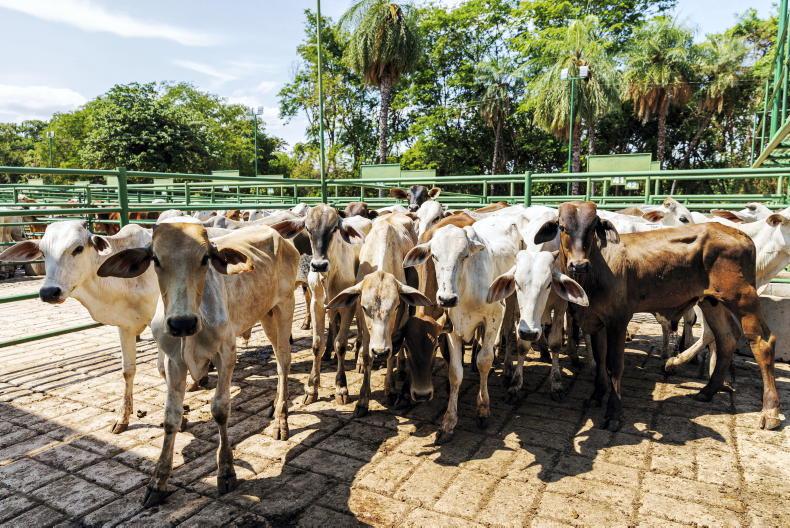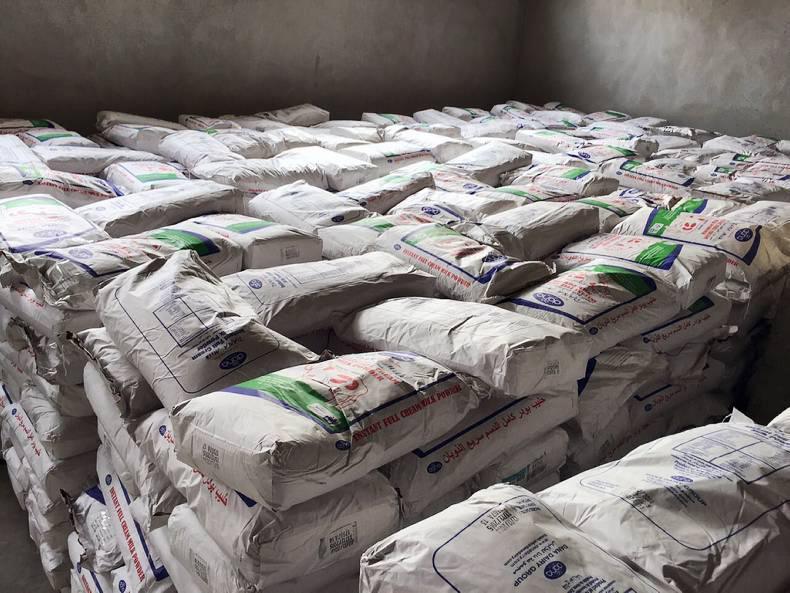Dairy markets have seen recent improvement from record lows following almost 18 months of ongoing price weakness.
The origin of this most recent downturn, the third in nine years, can be traced to the exceptional strong global milk growth in 2014 (+3.7%) and the dual demand impact related to the Russian ban in August 2014 and the collapse in Chinese imports from early 2014.
Despite the removal of EU milk quotas, output is only expected to be approximately 1.5% higher as farmers struggle with low milk prices, especially in the high-cost countries. In New Zealand, a combination of poor weather, increased culling and record low milk prices is depressing flows. Recent forecasts are indicating a drop of 5%to 8% for the season.
New Zealand performance has a profound effect on the global market. EU and NZ product prices are up to 40% below the cost of production and this is not sustainable. 2015 US output growth is forecast at 1.4%.
On the demand side, there is evidence that the Chinese are more engaged in the market. In-market powder stocks are being slowly cleared despite a 5% growth in local milk supplies.
EU cheese exports volumes, while down 50,000t year-to-date, have fared better than expected as new market growth has partially offset the impact of Russian ban. The star performer has been the strong growth in butter and cheese consumption in the US and EU. Buying for the five annual demand events (Thanksgiving, Christmas, New Year, Easter and Ramadan) will be more compacted over the next five months than normal due to early Ramadan.
Some commentators are cautioning about the depth and speed of any recovery as there have been false starts before. It is important to note that, while product prices are improving, it will take many months of strong prices to rebalance the low prices contracted over the last six months.
For the current recovery to be sustainable, milk flows from early to mid-2016 must not exceed expected demand growth of 1.5% to 2% per annum. While demand in the developed world is strong, an improvement in China’s economy is required both domestically and globally. Oil prices in the region of $70 to $80 would improve buying power and local currencies in the Middle East, north Africa and an improvement in corn and soya prices would be welcomed by grass-based producers.
In summary many factors need to be balanced before the current green shoots become a sustainable recovery.










SHARING OPTIONS